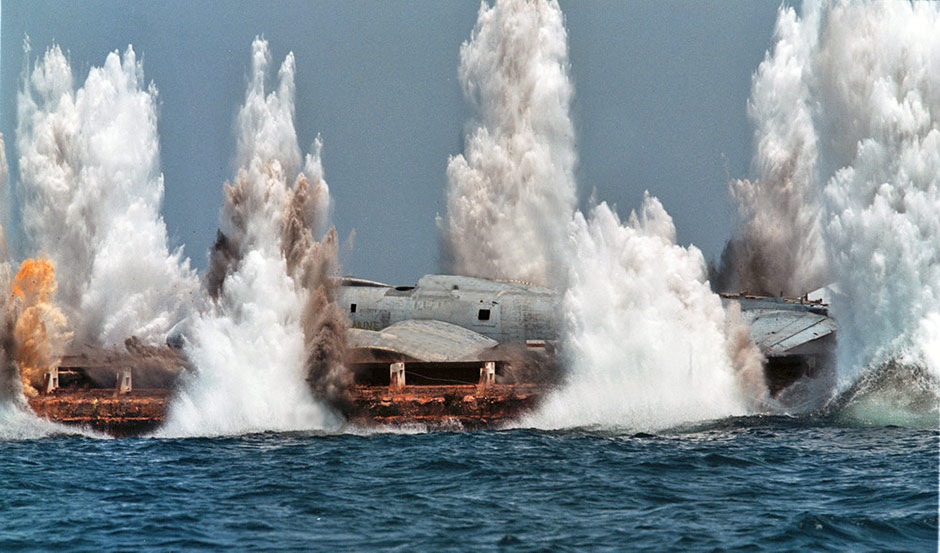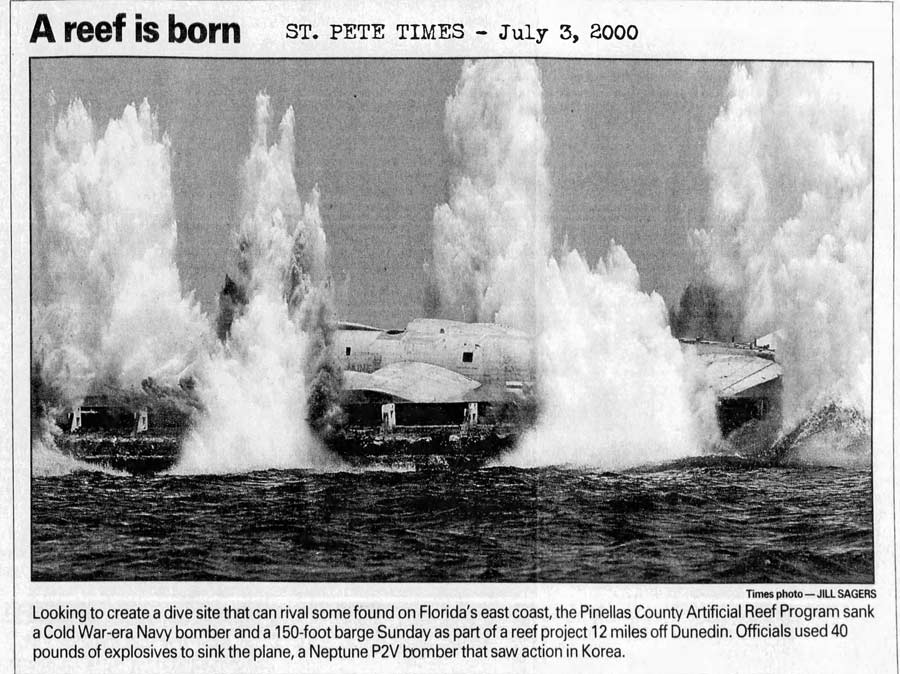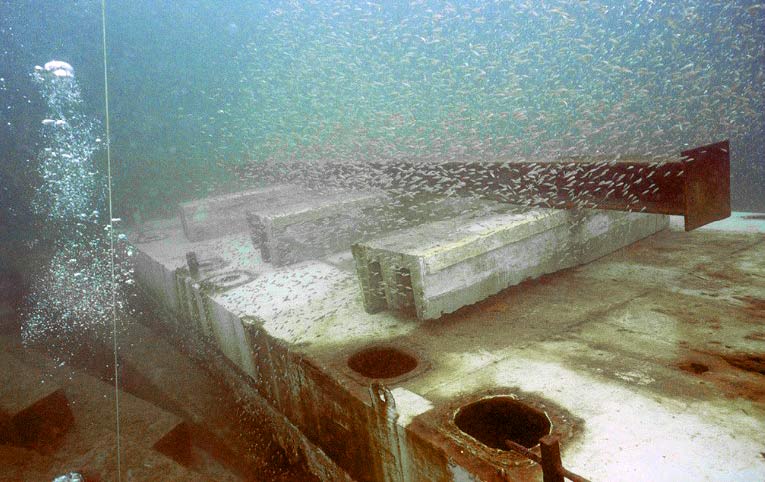
|
So whatever
happened to the Lowry Park airplane?
After two years of negotiations with the City of Tampa, the airplane was moved in Oct. 1984 to the Yesterday's Air Force Museum (YAFM), which was located next to the now long-gone "94th Aero Squadron" restaurant. It later became the "Florida Military Aviation Museum."
|
||||
The information in italics below is by Dennis Cole, USAF ret. and former president of the Yesterday's Air Force Museum. The P2V Navy aircraft was on loan to the City of Tampa. The City was responsible for its display in accordance with Navy directives; the aircraft was NAVY property, not the property of the city, the park or any other entity. When the city decided to remove the airplane from the park, they and the Navy both agreed that the aircraft be moved to the Yesterday's Air Force Museum (YAFM) at the St Pete/Clearwater airport. The expense of removal from the park, transport to YAFM, and refurbishment to meet the Navy display criteria was to be paid for by the YAFM. Transfer of responsibility from the City to YAFM took place in 1984 and the Navy continued to retain ownership of the aircraft. On Oct. 9, 1984 around midnight, the Neptune P2V maritime patrol bomber made its way out of Lowry Park down North Blvd. to Sligh Ave. Then south on Dale Mabry Highway to Gandy Blvd and across the bridge, which was closed to traffic for two hours, arriving at the St. Pete-Clearwater airport just after 6 a.m. on Oct. 10. Hank Morois, then the president of the YAF located on 49th St. on airport property, said "It will now be returned to its original color scheme, and we will do everything we can to restore it." Morois said that the airplane will never fly again because it was so badly corroded.
|
||||
| Museum members first began removing 4 layers of house paint from the fuselage and wings. They tried many methods but found that using a propane torch and a putty knife was the most effective and cost effective way to remove the thick paint. The paint was removed out in the hot Florida sun, day after day, week after week, year after year. I helped and watched this process myself, assisting with the effort. | ||||
| 1987-Oct-17 Source: Airliners.net USA - Navy Lockheed P2V-3 Neptune Reg.: 122944 MSN: 326-1120 | ||||
|
|
||||
| 1987-Nov-10 Source: Airport-Data.com 122944, Lockheed P2V-3 Neptune | ||||
|
|
||||
|
|
||||
|
After removal of the paint, exposing the bare aluminum, the surface was prepped and sprayed with the appropriate yellowish aluminum primer. One section at a time was completed until finally the wings were reattached.
|
||||
|
In April of 1988, a St Petersburg Movie Company "Imaginators" used the aircraft to to film part of a movie, They shot footage inside the aircraft with me searching for the crew. I never did see the movie, not sure what ever became of the effort.
|
||||
| 1989-Feb Source: Aerial Visuals.ca | Photographer: Tom Tessier Date Photographed: In February 1989 Notes: At Clearwater Airport, FL | Constructed as a P2V-3. Taken on Strength/Charge with the United States Navy with BuNo 122944. | ||
|
|
||||
|
1989 Source:
Review posted 2016 at TripAdvisor.com Bill Z Photo below. |
Date estimated based on appearance in comparison with previous photo. | |||
|
|
||||
|
After 4 years of incredible effort, the aircraft was painted. By February of 1989 the vertical stabilizer was the last major component to be installed. The aircraft was wearing the correct Navy Blue paint.
|
||||
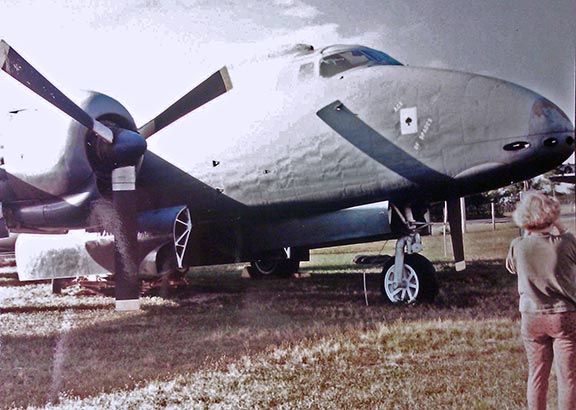
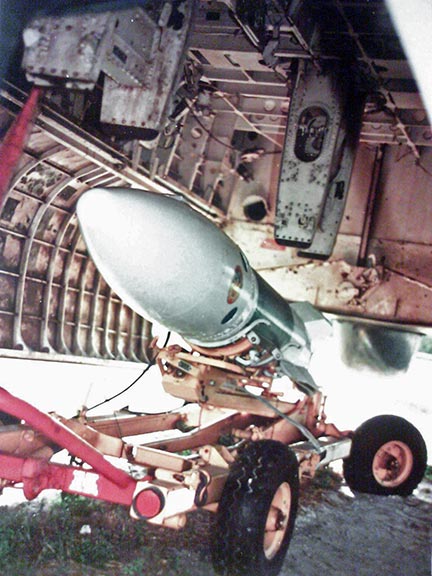
1991-Jan -
Photos by Glenn Kleiber at
Yesterday's Air Force Museum/Florida Military Aviation Museum Facebook
group. |
||||
|
1991-Apr-13 Source: Air Britain Pic Photo Library |
Photographer: Don Hewins Date Taken: 13/04/1991 | Registration: 122944 Construction Number: 1120 Code Number: LL Model Lockheed P2V-3 Neptune | ||
|
"Ace of Spades" near the nose was decorative, not for any historic markings. Each year, up to that point, as president of the museum, I was required to sign documents confirming the status of this airplane and all the other aircraft that were being maintained and displayed with Navy, Air Force and Army criteria. --Dennis Cole
|
||||
|
Florida Military Aviation Museum, St Pete
Airport, Clearwater, FL - Apr 1993 - VIDEO This video gives a little history of the airplane while it was in use with the Navy, and reveals that most of the restoration was done by MacDill AFB personnel. |
||||
|
This airplane is featured at the 3:31 mark of the video.
YouTube video posted by "thirdshore." We talked to Henry Marois, director of the Florida Military Aviation Museum, once located at St Pete airport, who takes us on a personal tour of his favorite aircraft. The segment is hosted by Ray Bromberg, a regular Access contributor. Does not state where the airplane was before the museum. |
|
|||
"This aircraft is a Neptune patrol bomber. This particular airplane had flown out of Jacksonville Naval Air Station in the early '50s and this aircraft was used to attack enemy surface ships and submarines. You can see in the nose of the aircraft we have 20-mm cannon barrels protruding and it also carried 5-inch rockets under the wings, along with bombs. A similar aircraft to this called the "Truculent Turtle" made the world's nonstop non-reciprocating engine unrefueled distance record many years ago when it flew from Perth, Ohio [sic] to the United States unrefueled.** This wasn't beat until Rattan's aircraft just a few years ago when it circled the world unrefueled. It's a very interesting aircraft, and believe it or not, most of the restoration on this was done by some military people from MacDill Air Force Base, of all places. **It flew from Perth, Australia to Columbus, Ohio. |
||||
|
1995-Mar Source: Aerial Visuals.ca |
Serial number markings applied
|
|||
|
|
||||
|
The Closure of the Museum The museum was owned by Mr David Tallechet and was forced to move based on the sale of the land it was on. The property that the museum occupied belonged to the Boatyard Village, we leased it from them. They ended their lease when the Boatyard Village and 94th Aero Squadron restaurant closed.
The Navy sought a new home for the aircraft, unfortunately, no entity had the will, manpower and/or financial resources to take possession of the aircraft. As with other aircraft considered excess, the Defense Reutilization and Marketing Office was tasked with disposition of the aircraft. The choice was, sell for scrap metal or use it as an artificial reef. Between the two options, I preferred it become a reef. It was tough for me to know what was going to happen to it, the unbelievable effort put out by so many people, the passion put into it, 60+ year old men working for years in the hot sun to save that aircraft. They truly touched me and I will never forget their passion for history.
Several of the aircraft did eventually make their way to the MAPS museum in Ohio where they have been painstakingly restored and are on display to the public indoors, protecting them from the environment. Thanks to the volunteers at Yesterday's Air Force/ Florida Military Aviation Museum, many aircraft were saved from the scrap heap. Most of those volunteers were World War II veterans in their 60s and labored for hours in the hot Florida sun to do what they could to save those airplanes and preserve this one. Their passion for their work earned them great respect from everyone involved. The aircraft belonged to the Navy from when new until they decided to dispose of it into the Gulf of Mexico. The fact that these events are still being discussed to me serves as a recognition of their efforts. Thank you all for getting the story out there for future generations. --Dennis Cole Photo and comments by Dennis Cole, who became President of the museum around 1988. TampaPix thanks Dennis Cole for sharing his memories of the old Lowry Park P2V Navy bomber's time at the museum.
|
||||
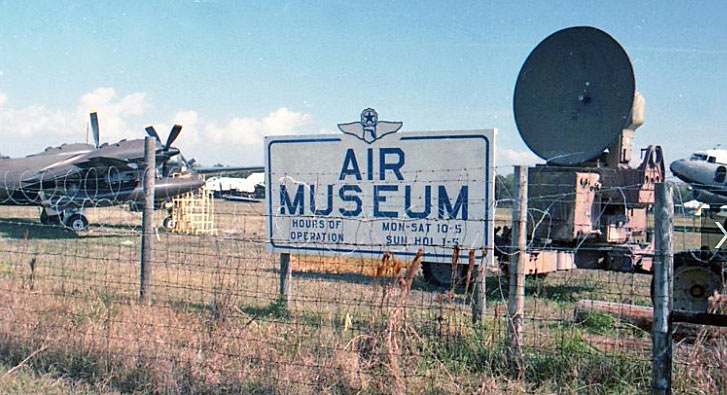
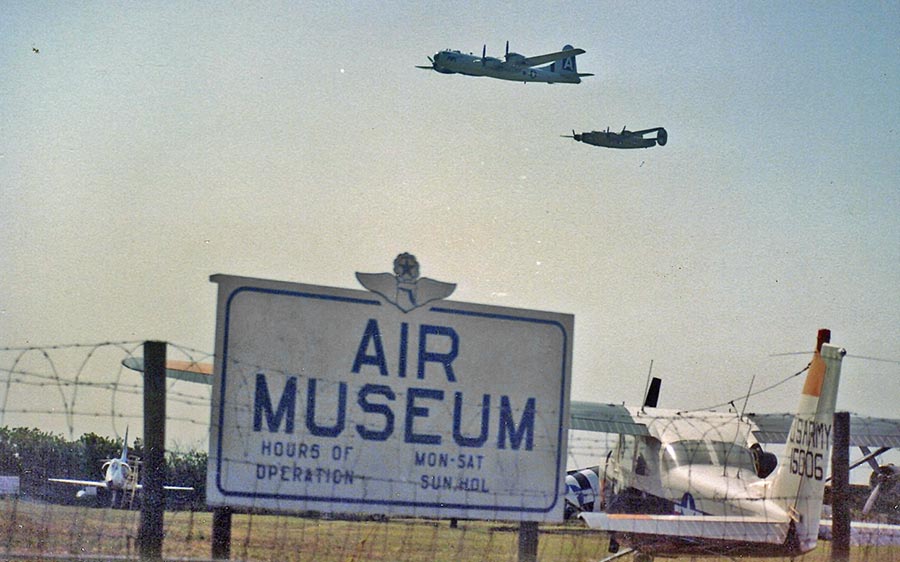
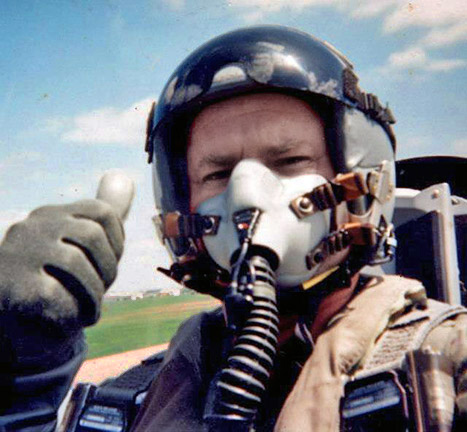
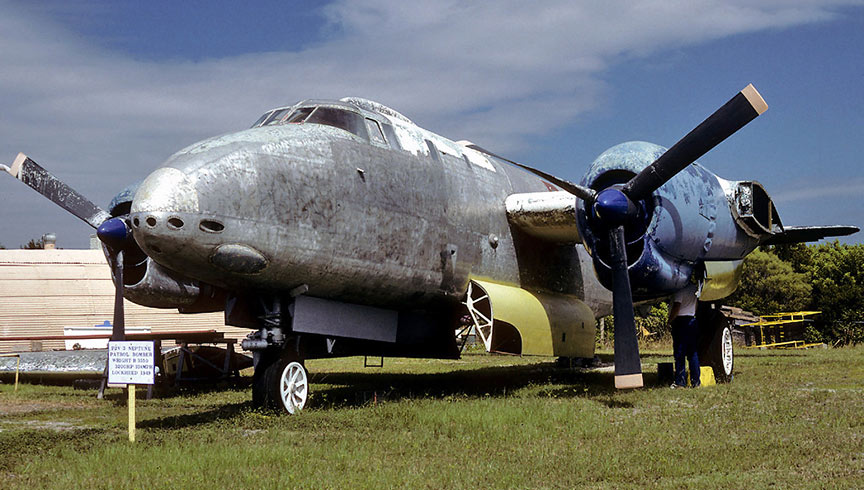
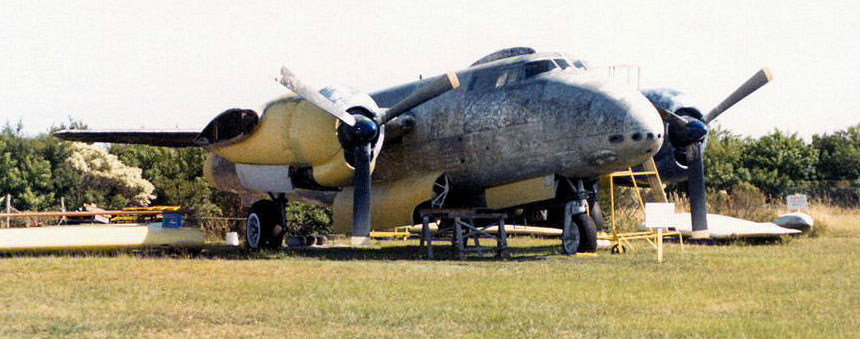
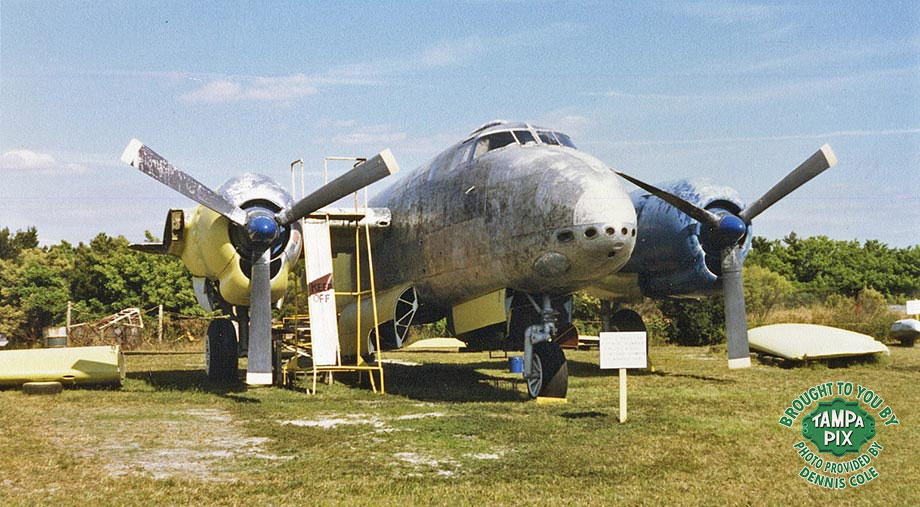
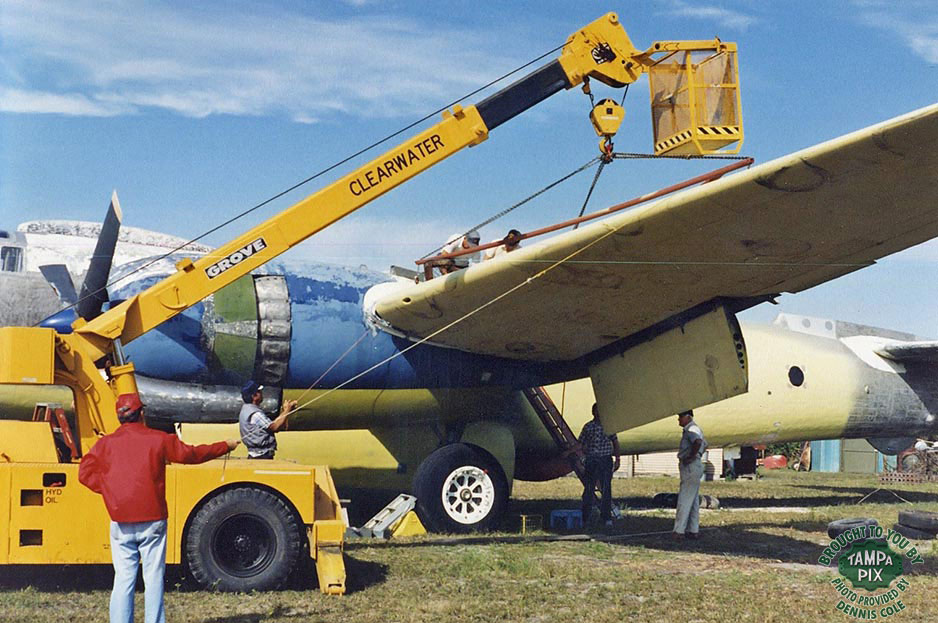
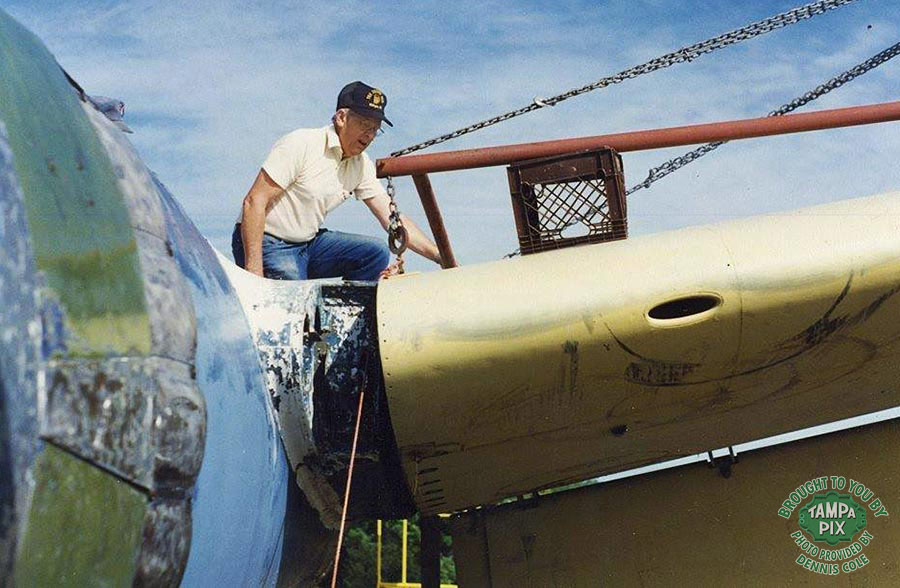
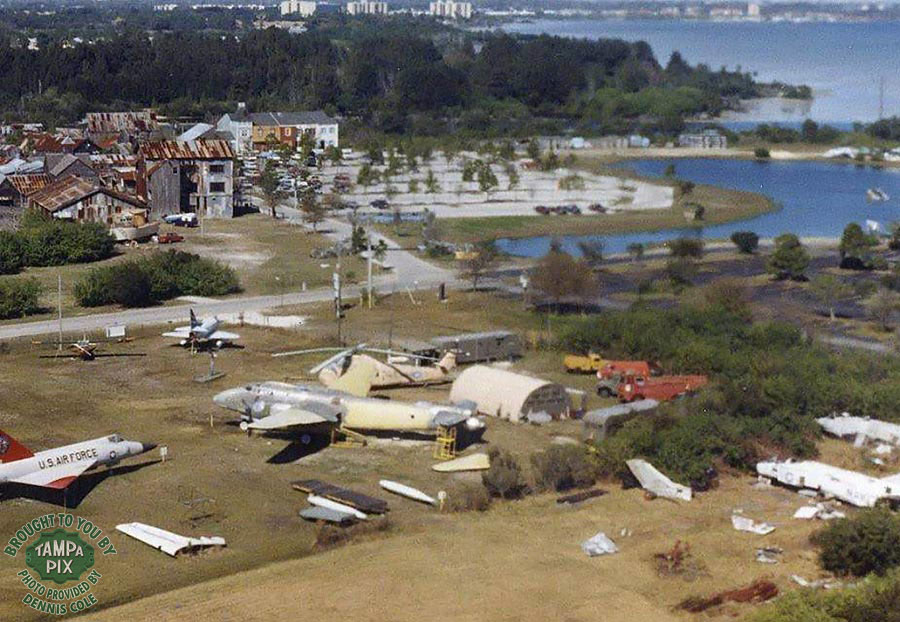
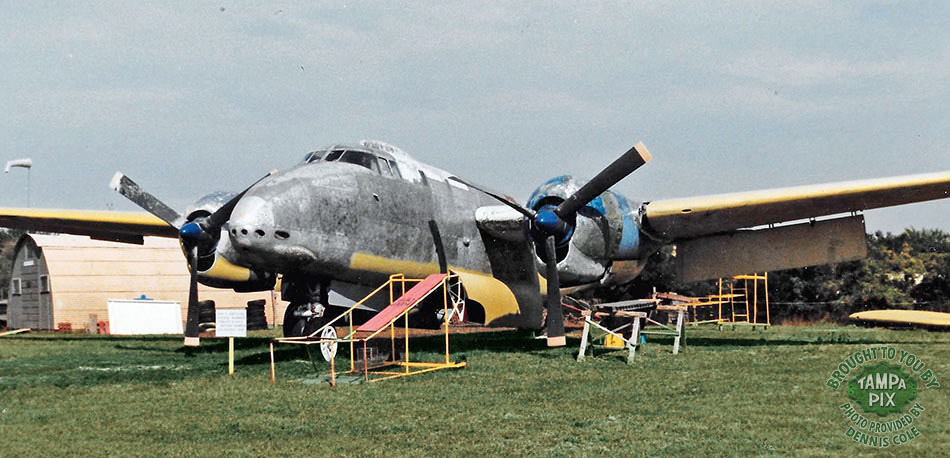
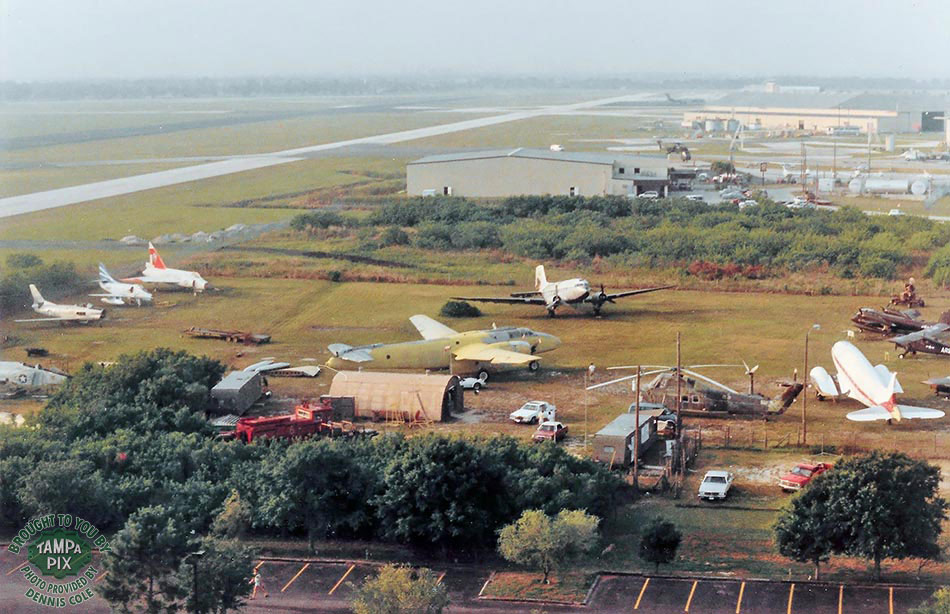
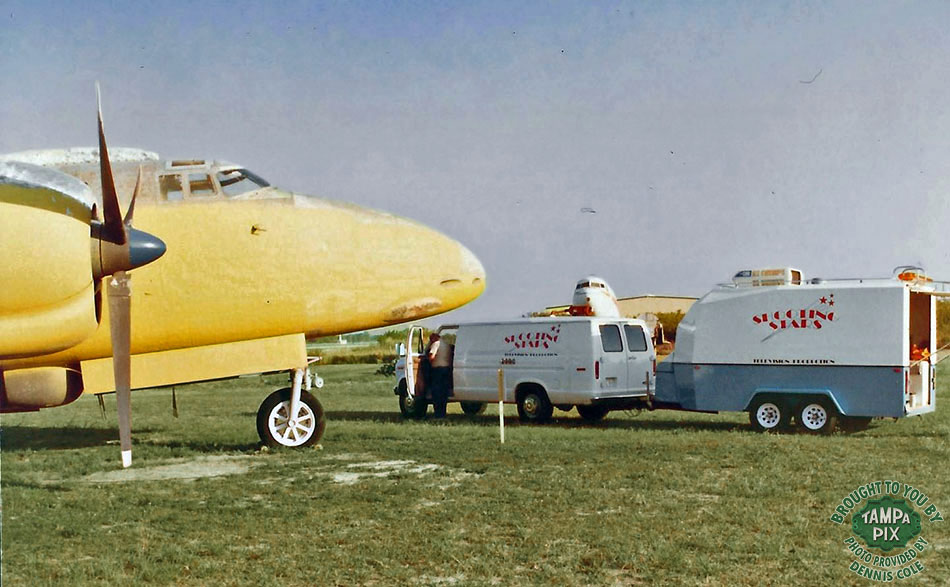
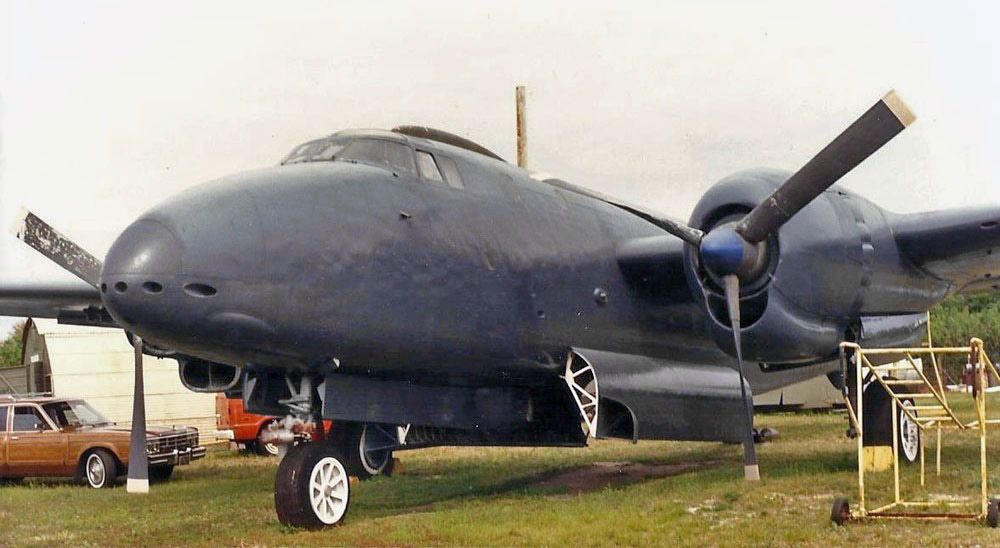
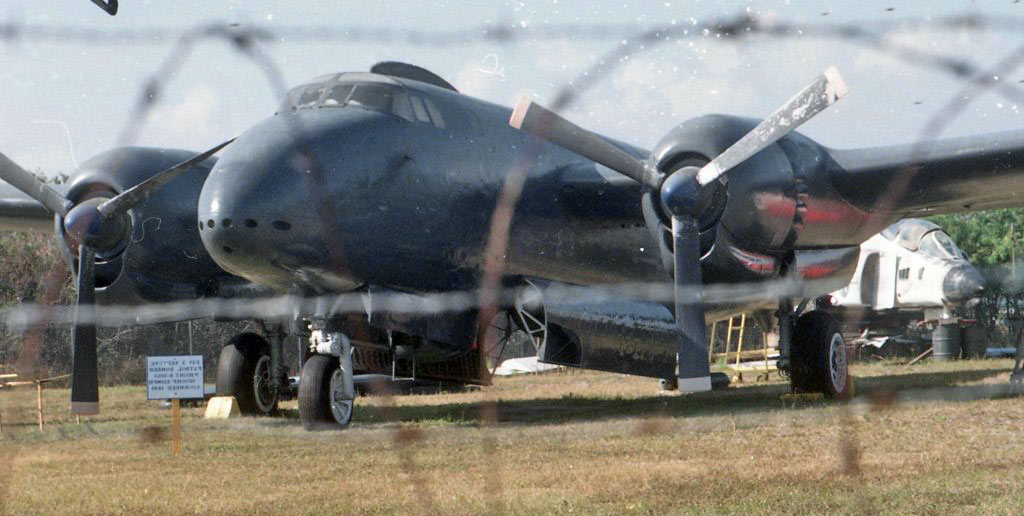
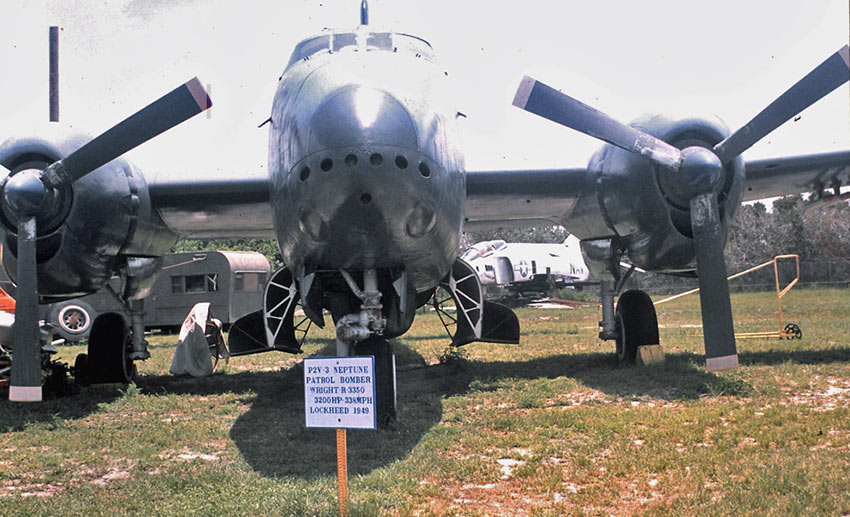
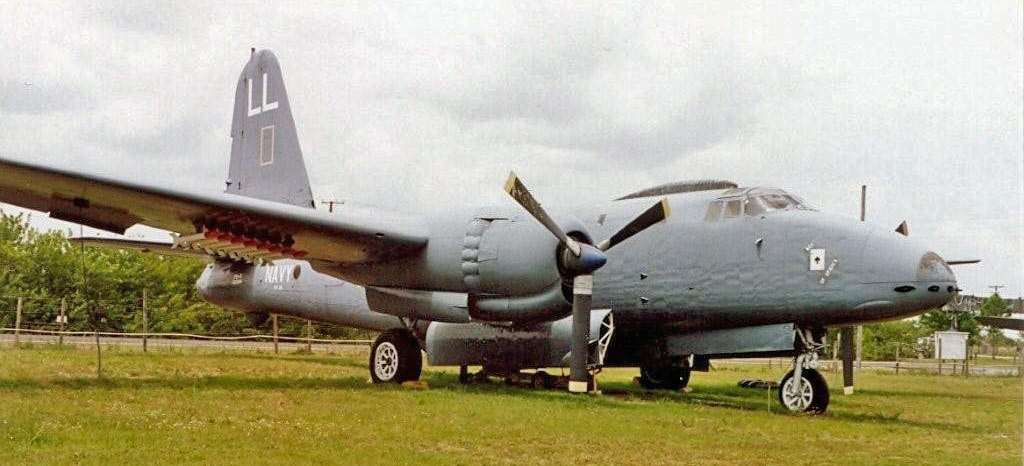
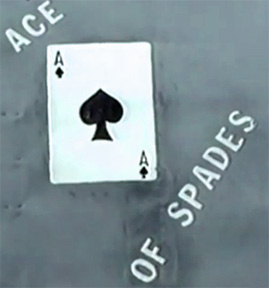
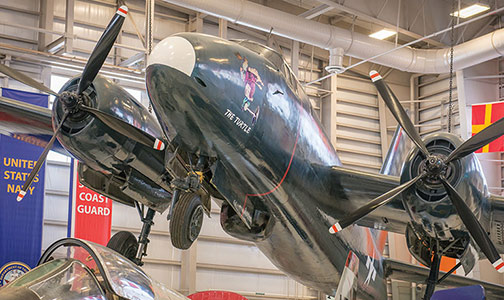
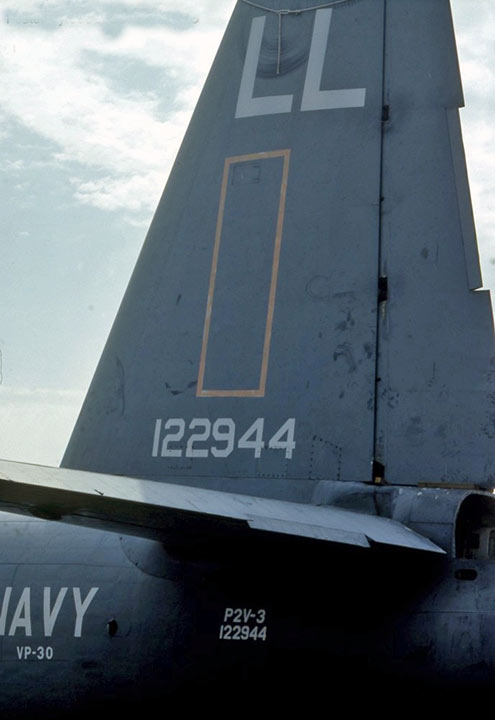

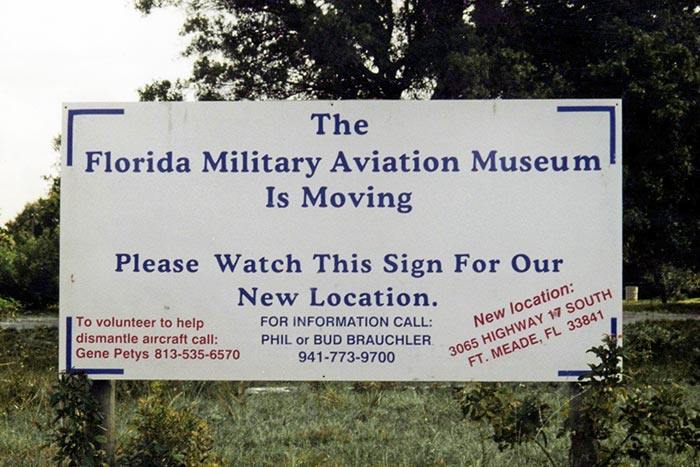 The
city of Wauchula agreed they would like to have the museum so that
process began. The P-2V was too big a project for them to move so the Navy
was notified that the aircraft was excess and needed and responsibility
for the disposition of the aircraft would revert back to the Navy.
The
city of Wauchula agreed they would like to have the museum so that
process began. The P-2V was too big a project for them to move so the Navy
was notified that the aircraft was excess and needed and responsibility
for the disposition of the aircraft would revert back to the Navy.
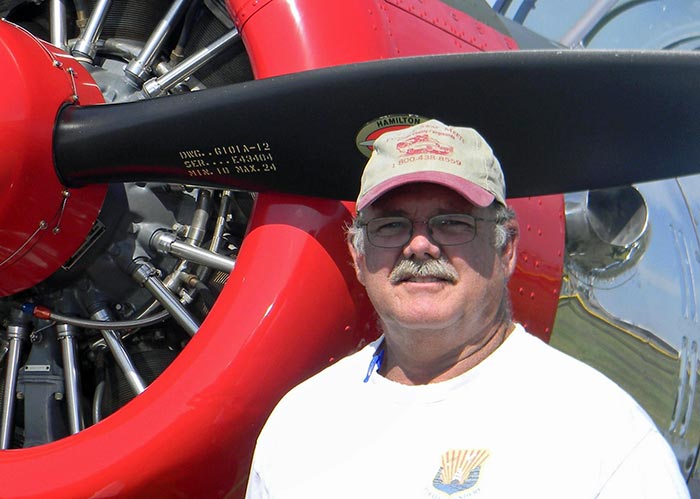
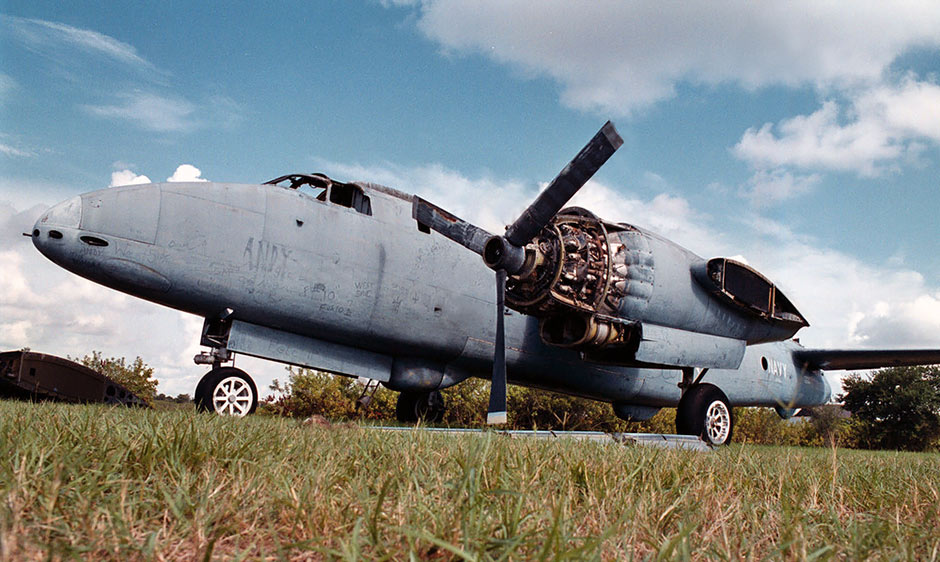
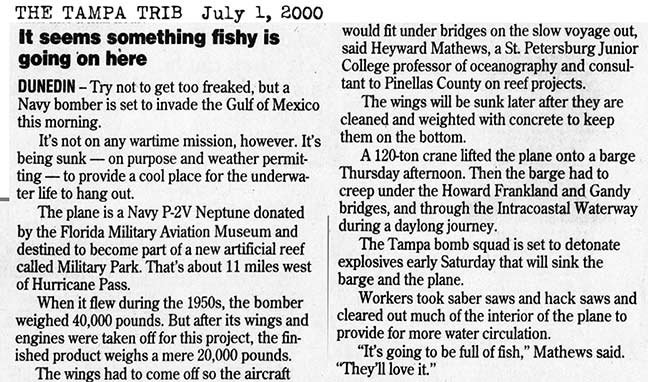 He expects the aircraft to
be as successful at attracting and holding fish as adjacent Veterans Reef,
which is home now to gray snapper, small grouper and a jewfish.
"There was fish on Veterans Reef within weeks," Mathews said. "It's
already covered with algae, and the whole reef population builds up from
that. As time goes on, there'll be barnacles channeling plankton, then
some coral and then sponges."
He expects the aircraft to
be as successful at attracting and holding fish as adjacent Veterans Reef,
which is home now to gray snapper, small grouper and a jewfish.
"There was fish on Veterans Reef within weeks," Mathews said. "It's
already covered with algae, and the whole reef population builds up from
that. As time goes on, there'll be barnacles channeling plankton, then
some coral and then sponges." 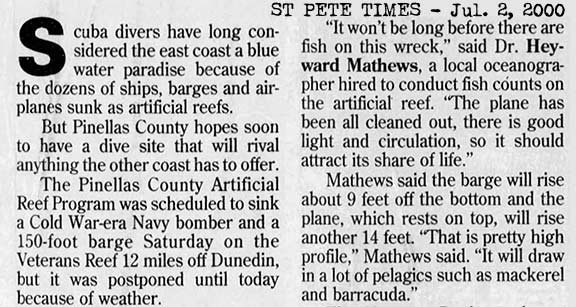 pyramids 6 feet tall; large concrete pipes; and a pile
of tetrahedrons. Different buoys will be placed on the structures to let
anglers know what's on the bottom.
pyramids 6 feet tall; large concrete pipes; and a pile
of tetrahedrons. Different buoys will be placed on the structures to let
anglers know what's on the bottom. 